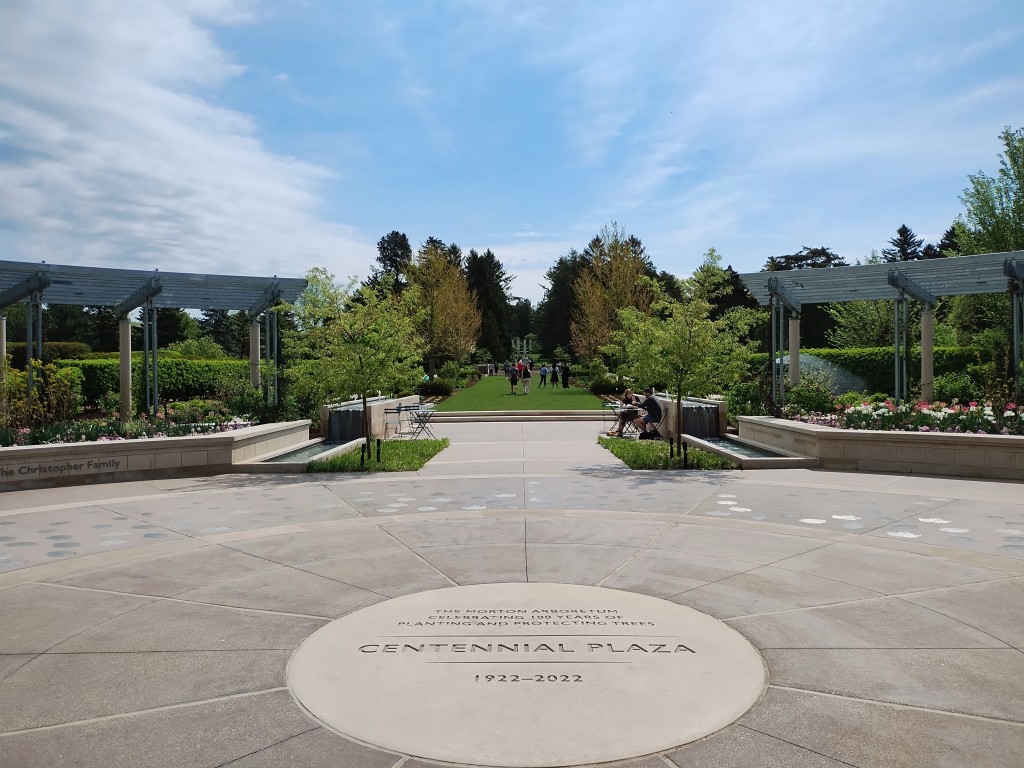Friends is a television show closely tied to New York City. Yet, almost all the show was shot in Hollywood studios:

Although the producers always wanted to find the right stories to take advantage of being on location, Friends was never shot in New York. Bright felt that filming outside the studio made episodes less funny, even when shooting on the lot outside, and that the live audience was an integral part of the series.[58] When the series was criticized for incorrectly depicting New York, with the financially struggling group of friends being able to afford huge apartments, Bright noted that the set had to be big enough for the cameras, lighting, and “for the audience to be able to see what’s going on”.[58] The apartments also needed to provide a place for the actors to execute the actions in the scripts.[58]
The fourth-season finale was shot on location in London because the producers were aware of the series’ popularity in the UK.[58] The scenes were shot in a studio with three audiences each made up of 500 people. These were the show’s largest audiences throughout its run. The fifth-season finale, set in Las Vegas, was filmed at Warner Bros. Studios, although Bright met people who thought it was filmed on location.[72]
The show has a close tie to New York City. Could Friends have even existed in another American city? If it had been in Chicago or Atlanta or Austin, would it have been the same show or had the same success?
Yet, almost all of this was done with away from New York City. It was filmed in an environment that could be made to look like New York.
I would guess most viewers do not care whether the show was filmed in New York; it was set in New York, it had enough to look somewhat convincing of being in New York, and that’s enough. I, however, find this disconnect interesting as it commonly happens in TV shows and movies. When we see a “place” on screen, is it really that place?









